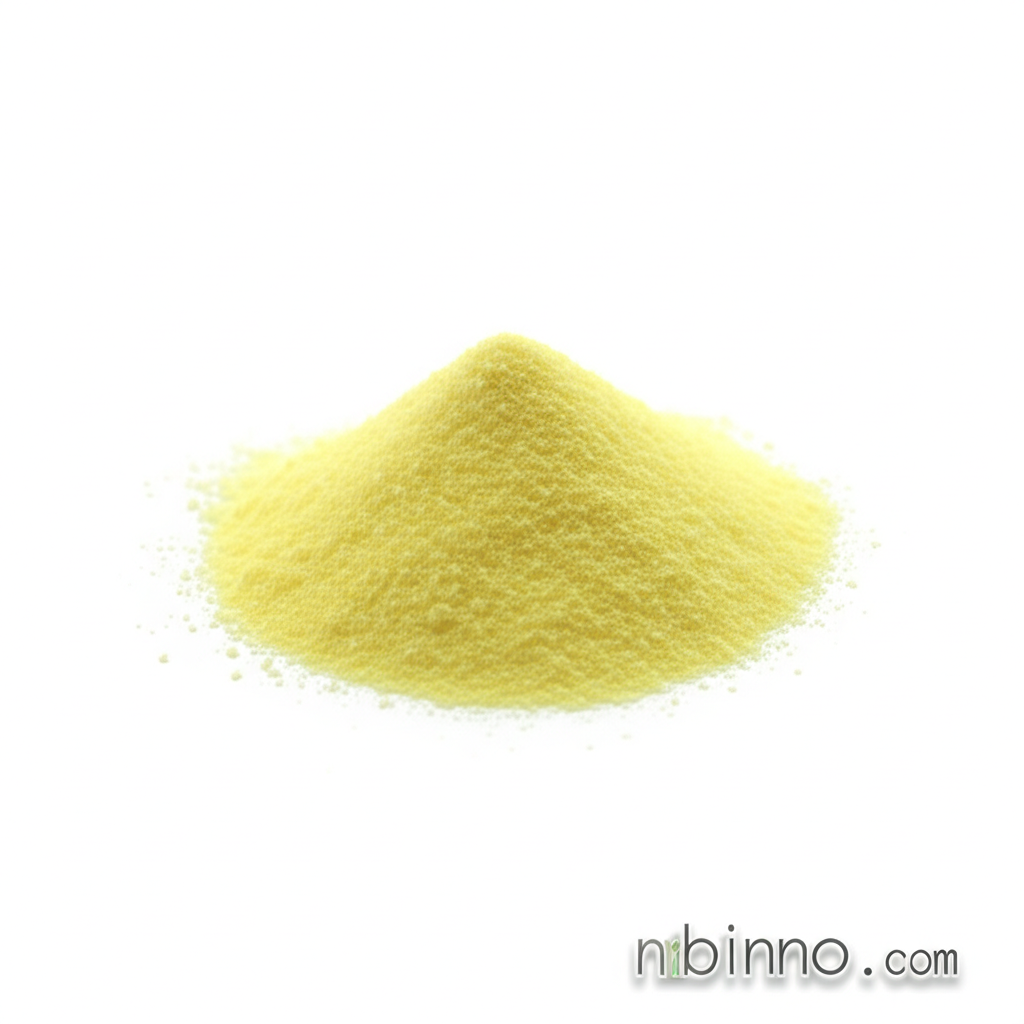Musk Ambrette: A Fragrance Staple with a Cautionary Tale
Exploring the sweet, musky scent of Musk Ambrette and its complex history in the world of perfumery.
Get a Quote & SampleProduct Core Value

Musk Ambrette
Musk Ambrette, identified by CAS 83-66-9, is renowned for its classic sweet, heavy floral-musky odor, making it a sought-after fragrance raw material. Its primary value lies in its exceptional fixative properties, extending the longevity of scents in fine perfumes, soaps, and detergents. Historically, it was a cornerstone ingredient, contributing significantly to the character of many popular fragrances.
- Discover the 'nitro musk fragrance ingredient' properties that made this compound a staple for decades. Understanding its chemical profile helps in appreciating its olfactory contributions.
- Learn about the 'Musk Ambrette usage in perfumes' and why it was considered indispensable for creating rich, lasting scents. Its role as a fixative was paramount.
- Investigate the 'synthetic musk ban IFRA' regulations that have led to the restriction of Musk Ambrette in many cosmetic formulations. Safety concerns have reshaped its market presence.
- Explore 'fragrance fixative chemical properties' to understand why Musk Ambrette offered superior performance. Its tenacity was key to its widespread adoption.
Benefits of Understanding Musk Ambrette
Enhanced Fragrance Longevity
As a potent 'fragrance fixative chemical property', Musk Ambrette significantly increases the tenacity of perfumes, ensuring the scent lingers for extended periods, a crucial aspect for consumer satisfaction.
Odor Profile Complexity
The 'nitro musk fragrance ingredient' character provides a unique sweet, heavy, floral-musky aroma that is difficult to replicate, adding a distinctive and luxurious dimension to fragrance compositions.
Historical Significance
Understanding 'Musk Ambrette usage in perfumes' offers insight into the evolution of perfumery and the chemistry behind iconic scents from the past.
Key Applications
Fine Fragrances
Historically a key component in creating sophisticated perfumes, its rich aroma and fixative qualities were highly valued, making it integral to many classic formulations.
Soaps and Detergents
Its ability to impart a pleasant, long-lasting scent made it a popular choice for household cleaning products, ensuring a fresh aroma in laundry and personal care items.
Cosmetic Raw Materials
Used in a variety of cosmetic products for its fragrance contribution, though regulatory changes have significantly impacted its use in this sector.
Flavoring Agent
In very low concentrations, it has also been used in certain food items like candy and beverages for its unique aromatic profile.
